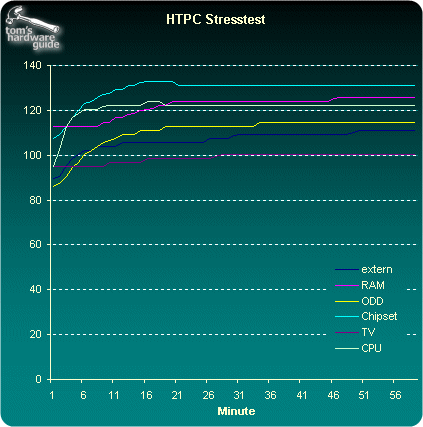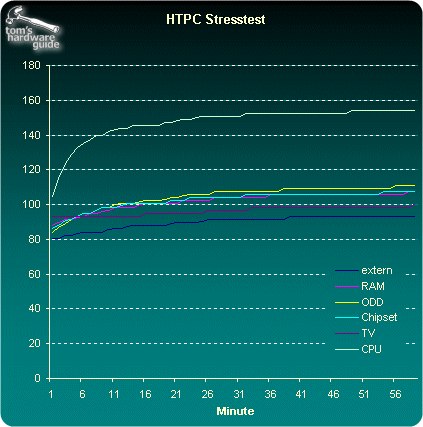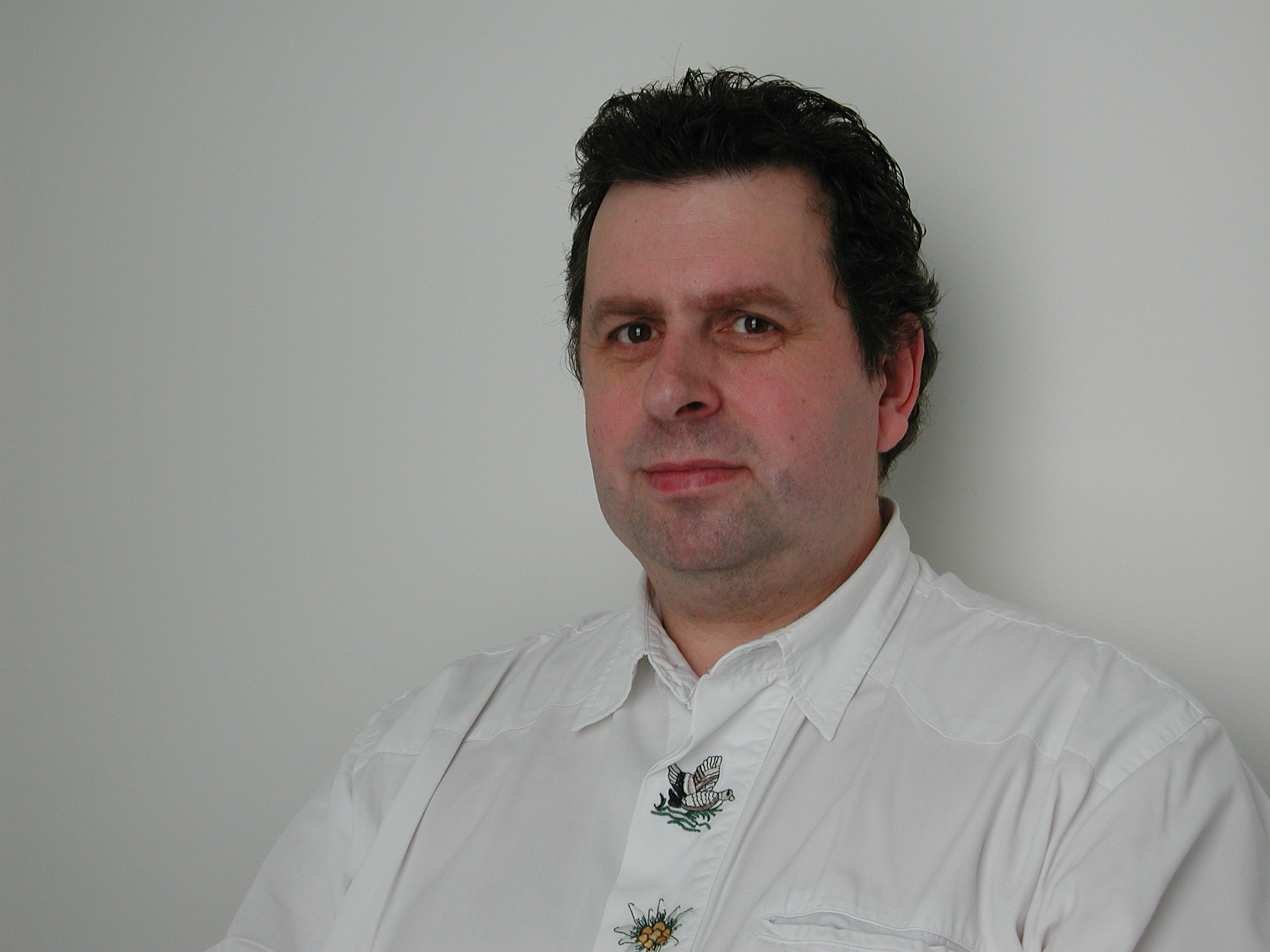Building The Ultimate Home Theater PC
For The Pentium M - Mission Impossible At First
After all these problems we had to make a choice: Give it up or rethink it? It looked as though we would never get a good hardware fit with our case of choice and the mobile board. However, instead of getting a new board and CPU, we persevered and decided to put an additional fan in the case. After a long search, we got lucky, because a normal system fan of 80mm or 120mm won't fit between the Northbridge and the case lid. We found two additional fans from Logisys which we immediately put into the case.

A small additional fan. Would it provide the cooling effect we hoped for?
After we had strung the interior of the case with the heat sensors, the HTPC underwent another stress test. The fans started whining audibly as soon as it was turned on. The noise level remained constant at 60 decibels, obviously too loud for us. A look at the BIOS and the cause was quickly found: Incorrect settings for the system fan - the default was 100%. We could hear very clearly what that meant. The fans could be throttled back to just less than 50% without stopping the blades altogether. With a considerably quieter HTPC, we started our stress test from the top again.

Much lower heat level with two additional fans
As expected, the temperature remained well below that of the first test. But what was the mobile CPU doing now? Did it have to continue throttling, or was the cooling action enough to get the maximum from the CPU over the long term? A look at our monitoring tool showed us that the CPU remained at the maximum clock rate.
After our near-success, we wanted to try just one additional fan. Sure enough - one small fan doesn't suffice to optimize the airflow around the biggest heat sources. But with two, the undertone is clearly louder than with no fans or just one.

One fan reduces the temperatures by almost 68° F (38°C)
Stay on the Cutting Edge
Join the experts who read Tom's Hardware for the inside track on enthusiast PC tech news — and have for over 25 years. We'll send breaking news and in-depth reviews of CPUs, GPUs, AI, maker hardware and more straight to your inbox.
Current page: For The Pentium M - Mission Impossible At First
Prev Page Stress Test, Continued Next Page Waiting For An UpdateMost Popular


